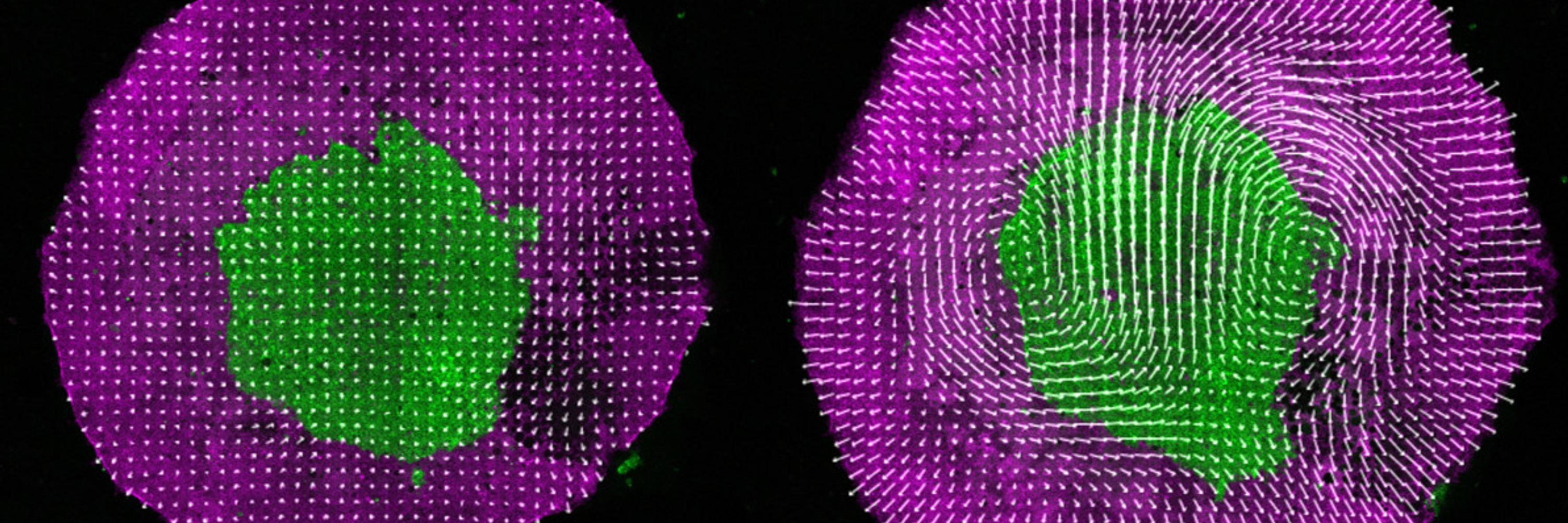
🔬 @institutfresnel.bsky.social 🤝 @univ-amu.fr @centralemed.bsky.social @cnrs.fr
📍 @cnrs-dr12.bsky.social

🔬 @institutfresnel.bsky.social 🤝 @univ-amu.fr @centralemed.bsky.social @cnrs.fr
📍 @cnrs-dr12.bsky.social


🧵
www.sciencedirect.com/science/arti...

🧵
www.sciencedirect.com/science/arti...
Below is a brief description of the major findings. Check the full version of the paper for more details: www.nature.com/articles/s41588-025-02248-5
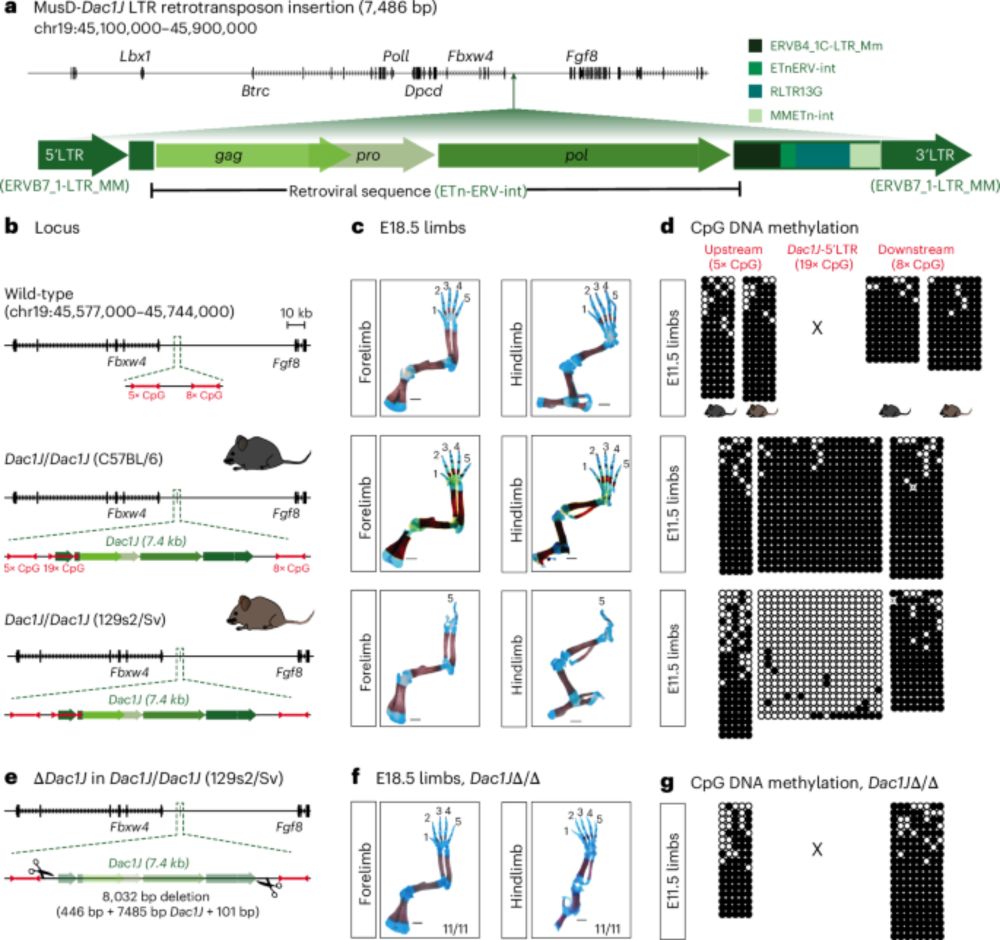
Below is a brief description of the major findings. Check the full version of the paper for more details: www.nature.com/articles/s41588-025-02248-5
I’m @amichaut.bsky.social, and I’m going to share a few great papers on this aspect of #EpithelialMechanics.
I’m @amichaut.bsky.social, and I’m going to share a few great papers on this aspect of #EpithelialMechanics.
Intrigued by avian left right symmetry breaking we found that a tissue-scale active torque drives chiral flow and requires mechanical coupling to the underlying tissue.
I am excited to finally share our work on avian left/right symmetry breaking with you. We reveal a tissue-scale active torque dipole generated at the Hensen’s node, thanks to crazy experiments by Julia @juliapfanzelter.bsky.social and some analysis by me.
doi.org/10.1101/2025...
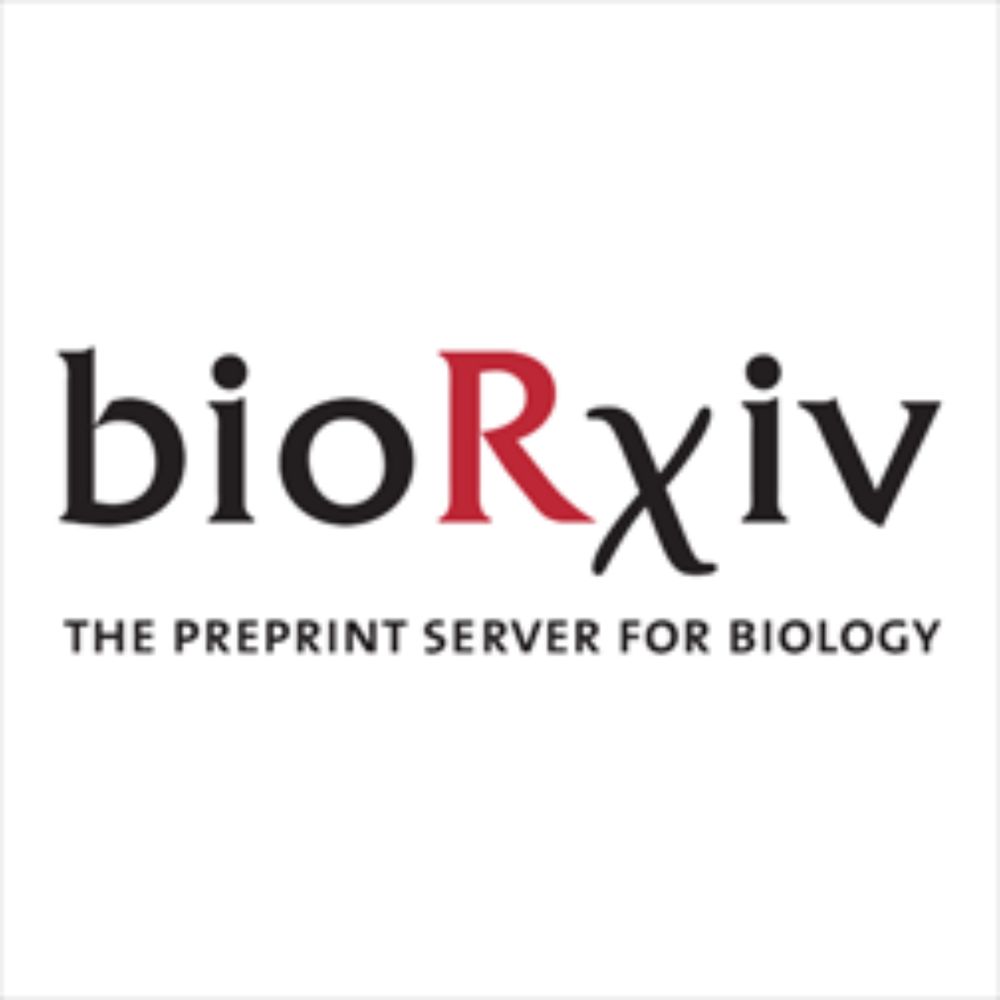
Intrigued by avian left right symmetry breaking we found that a tissue-scale active torque drives chiral flow and requires mechanical coupling to the underlying tissue.
Read here: rdcu.be/ewfba
bit.ly/3Uc72TO
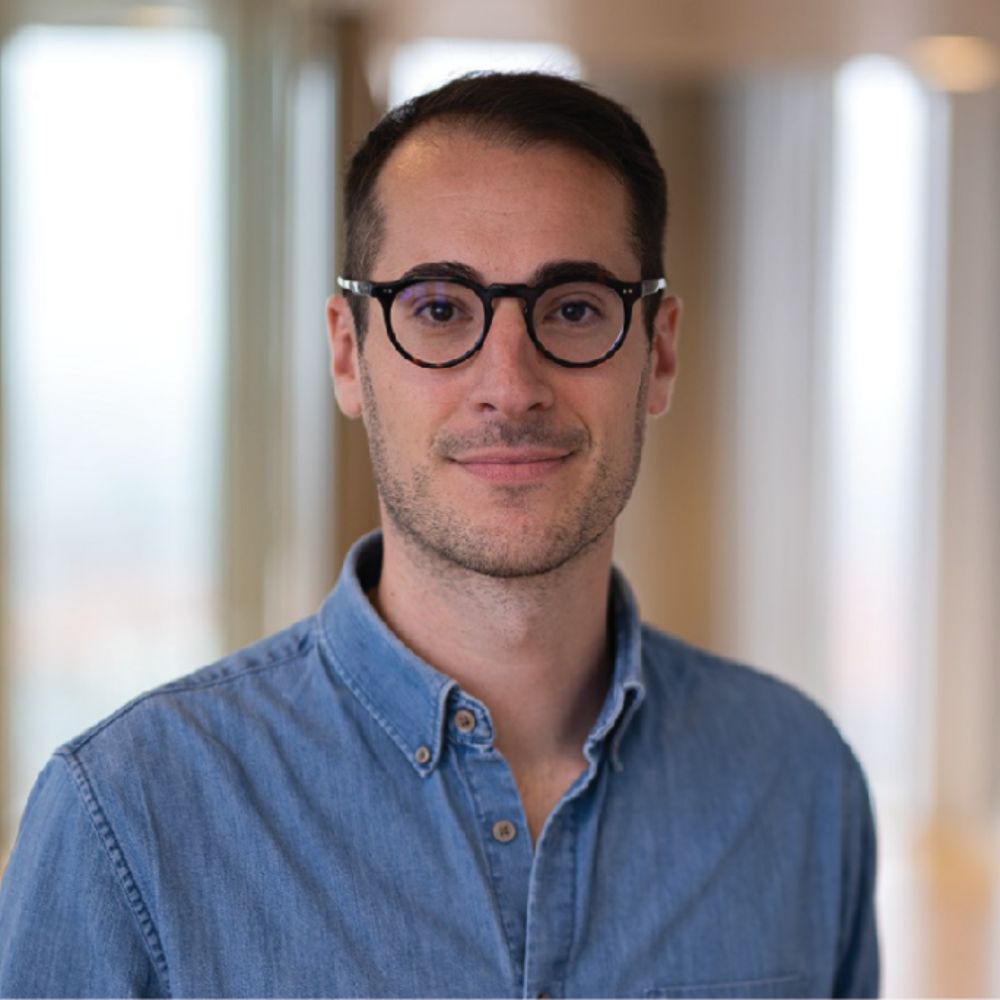
Read here: rdcu.be/ewfba
bit.ly/3Uc72TO
In her second #preLight, Ruoheng Li covers the #preprint by
@aurelienvilledieu.bsky.social and the @jeromegros.bsky.social's research team.
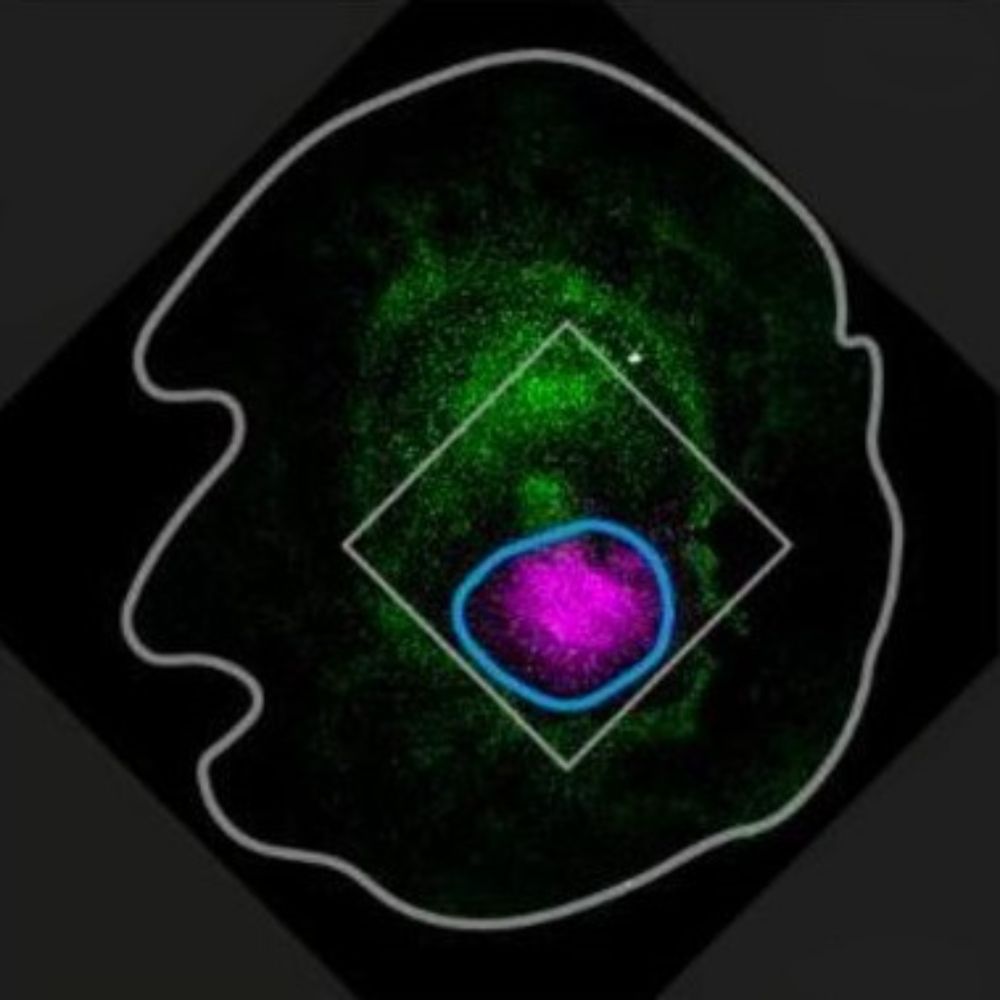
Gastrulation Reloaded: Developing, engineering & evolving the body plan
📅 October 14–17, 2025
📍 Paris, France
🗓️ Abstract & early bird deadline: July 15, 2025
www.gastrulation-reloaded.conferences-pasteur.org/home
Exceptional lineup of speakers & many selected talks
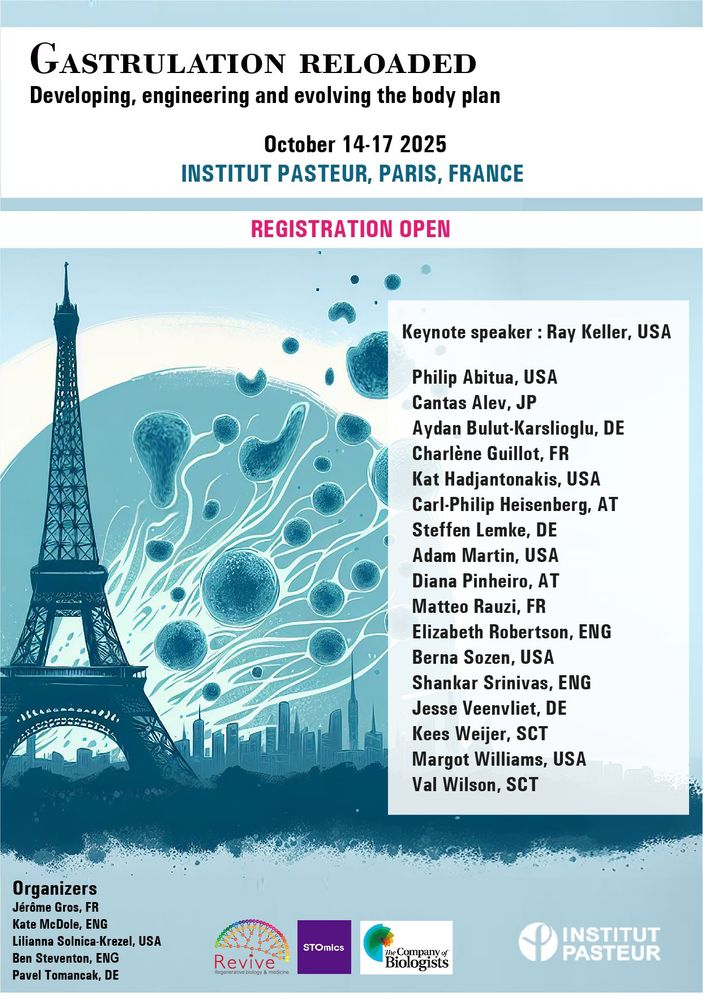
We reveal how 4 branched epithelia—mammary, lacrimal, salivary & prostate—use a conserved YAP–Notch–p63 circuit to self-organize during development & regeneration.
Here’s the story👇
authors.elsevier.com/c/1lM285Sx5g...
Work done in @frelab.bsky.social at
@institutcurie.bsky.social
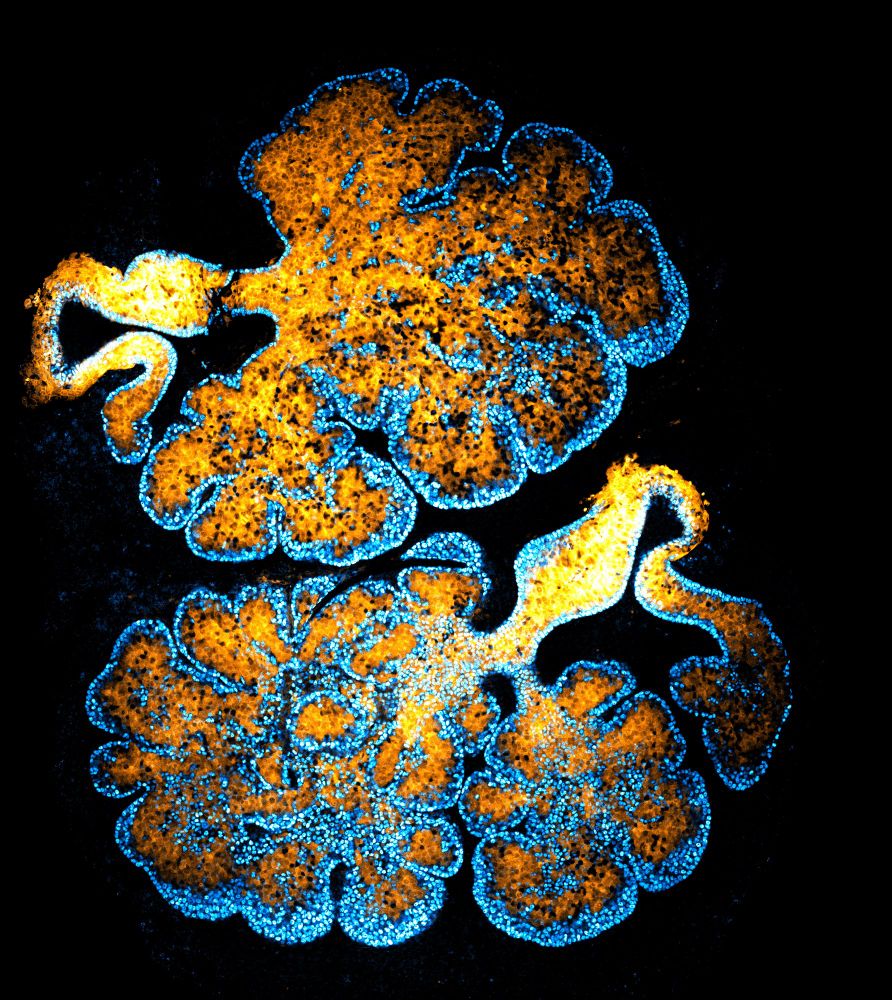
We reveal how 4 branched epithelia—mammary, lacrimal, salivary & prostate—use a conserved YAP–Notch–p63 circuit to self-organize during development & regeneration.
Here’s the story👇
authors.elsevier.com/c/1lM285Sx5g...
Work done in @frelab.bsky.social at
@institutcurie.bsky.social
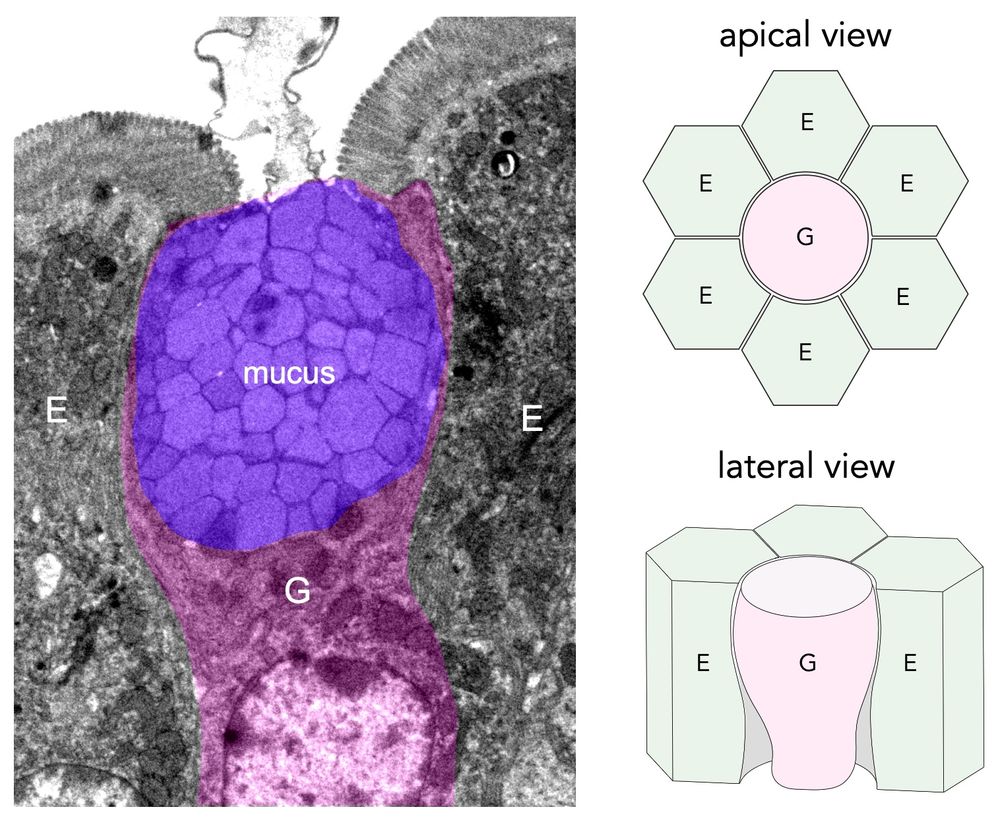
The hard work of @bboumard.bsky.social, Gwenn Le Meur and collaborators!
Cell-type-specific nucleotide sharing through gap junctions impacts sensitivity to replication stress in Drosophila: Developmental Cell
authors.elsevier.com/a/1lDFi_Yv6z...
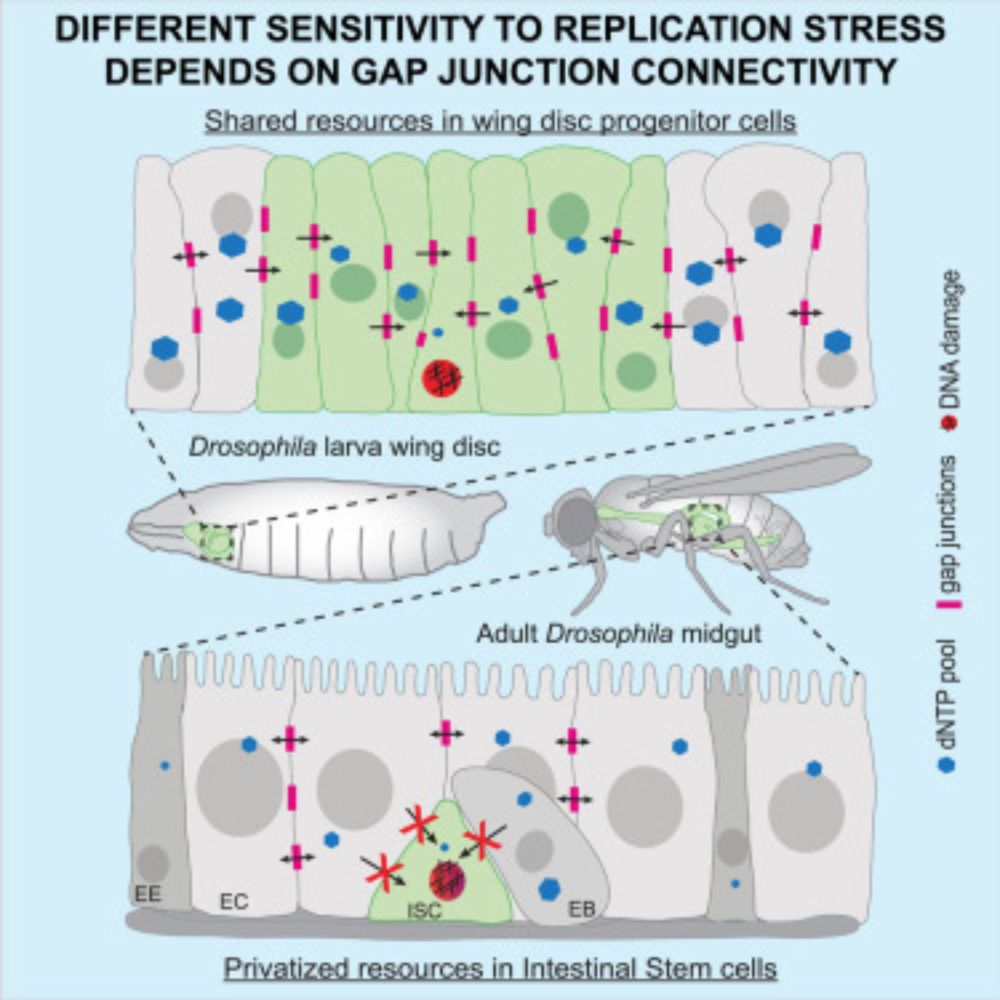
The hard work of @bboumard.bsky.social, Gwenn Le Meur and collaborators!
Cell-type-specific nucleotide sharing through gap junctions impacts sensitivity to replication stress in Drosophila: Developmental Cell
authors.elsevier.com/a/1lDFi_Yv6z...
www.biorxiv.org/content/10.1...
www.biorxiv.org/content/10.1...
Glad to share my postdoc work on the role of the hypoblast in primitive streak induction! Discover how live imaging observations led us to revisit the molecular mechanisms governing embryonic axis induction
Thanks to @jeromegros.bsky.social and all co-authors!
doi.org/10.1101/2025...
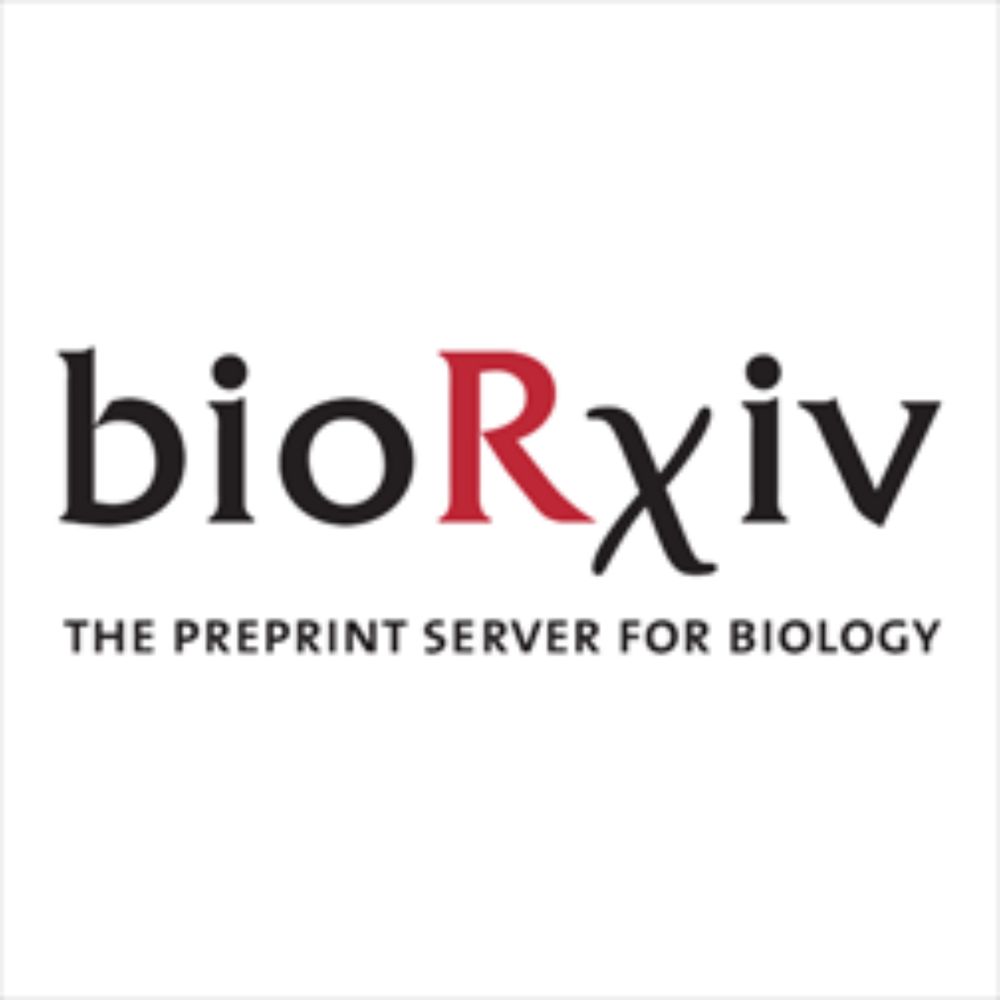
Glad to share my postdoc work on the role of the hypoblast in primitive streak induction! Discover how live imaging observations led us to revisit the molecular mechanisms governing embryonic axis induction
Thanks to @jeromegros.bsky.social and all co-authors!
doi.org/10.1101/2025...
Excited to share my new postdoc work on direct force and mechanical properties measurements in live embryos!
A great team effort with A. Chamolly (theory), under the supervision of F. Corson and @jeromegros.bsky.social
📄 www.biorxiv.org/content/10.1...
#devbio #mechanics

Excited to share my new postdoc work on direct force and mechanical properties measurements in live embryos!
A great team effort with A. Chamolly (theory), under the supervision of F. Corson and @jeromegros.bsky.social
📄 www.biorxiv.org/content/10.1...
#devbio #mechanics
Ozpolat et al argue for diverse approaches to mechanism - from molecular to systems level
journals.biologists.com/dev/article/...
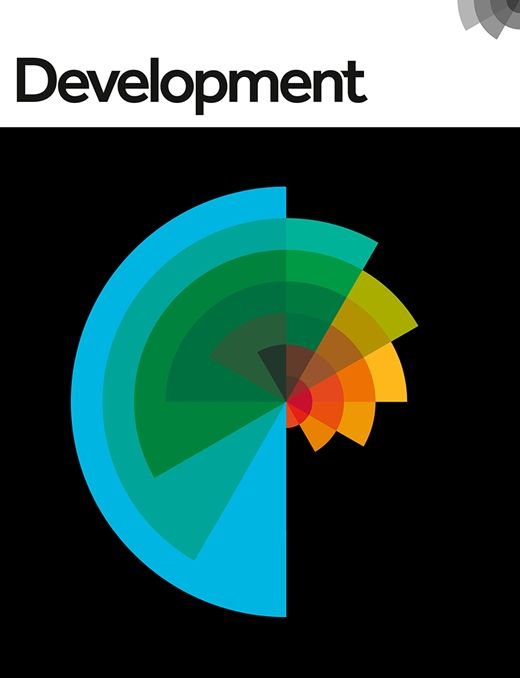
Ozpolat et al argue for diverse approaches to mechanism - from molecular to systems level
journals.biologists.com/dev/article/...
GASTRULATION RELOADED:
Developing, engineering, and evolving the body plan
Join us as we explore the latest research on gastrulation and axis formation/elongation, featuring common, exotic, and synthetic embryos!
📅 14–17 October 2025
📍 Paris, France
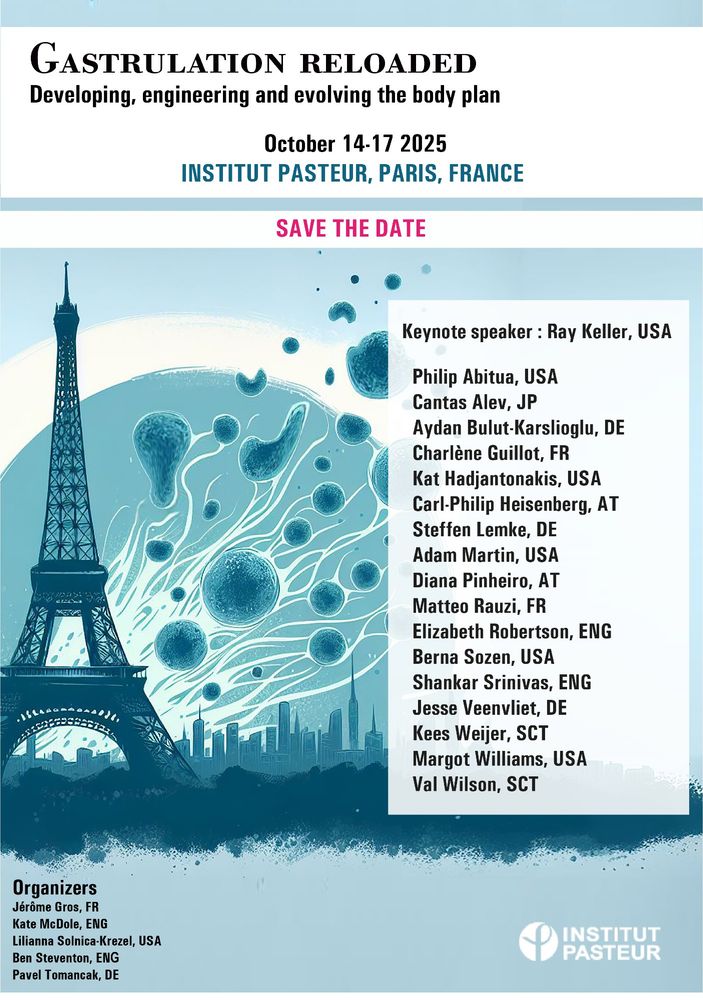
GASTRULATION RELOADED:
Developing, engineering, and evolving the body plan
Join us as we explore the latest research on gastrulation and axis formation/elongation, featuring common, exotic, and synthetic embryos!
📅 14–17 October 2025
📍 Paris, France

